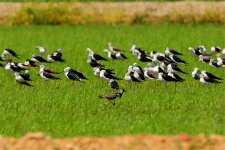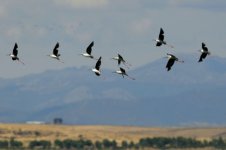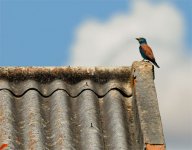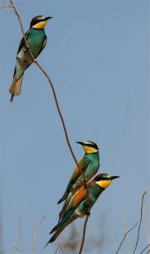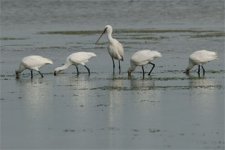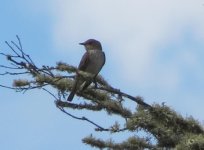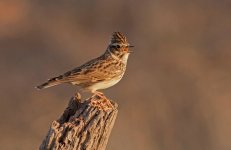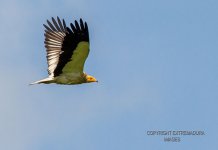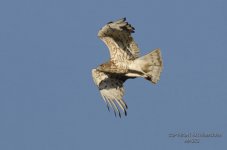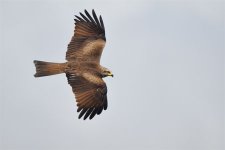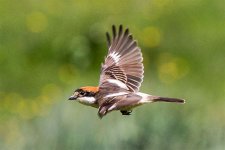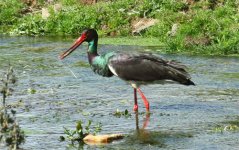Dutch Birder
Well-known member
summer birding
Should you wish to go birding these days (temperatures above 35 degrees), than a visit to the ricefields looks a good option: plenty of water and insects. I reccomend the zone between Madrigalejo and Palazuela, there you can spot all kinds of Herons and Egrets, Harriers, Warblers, Waders, Red Avadavats (to satisfy Tracy Binks), Bee-eaters, and as you can see on the photos: early Lapwings, gathering Black-winged Stilts and Rollers.
greetz, henk
Should you wish to go birding these days (temperatures above 35 degrees), than a visit to the ricefields looks a good option: plenty of water and insects. I reccomend the zone between Madrigalejo and Palazuela, there you can spot all kinds of Herons and Egrets, Harriers, Warblers, Waders, Red Avadavats (to satisfy Tracy Binks), Bee-eaters, and as you can see on the photos: early Lapwings, gathering Black-winged Stilts and Rollers.
greetz, henk
Attachments
Last edited:




